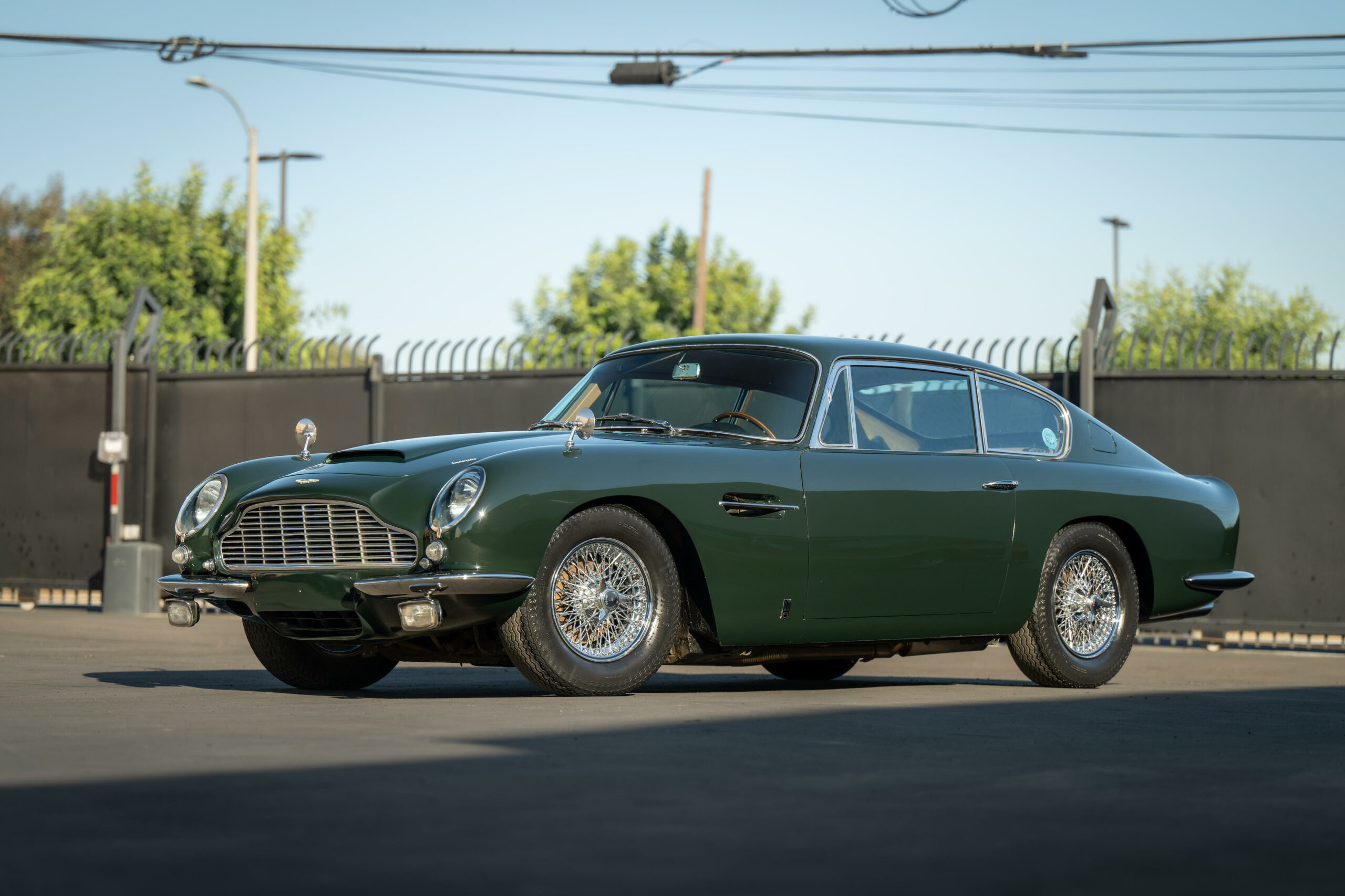Nothing found!
It looks like nothing was found here. Maybe try a search?
Categories
- 1910s
- 1920s
- 1930s
- 1940s
- 1950s
- 1960s
- 1970s
- 1980s
- 1990s
- 2000s
- AMC
- Aston Martin
- Autobianchi
- Bentley
- BMW
- Bristol
- Buick
- Cadillac
- Chevy
- Chrysler
- Citroen
- Classic Cars
- Classic Hot Rods
- Classic Muscle Cars
- Classic Sports Cars
- Cunningham
- Davis
- Duesenberg
- Edsel
- Facel Vega
- Ferrari
- Fiat
- Ford
- Ghia
- Hillman
- Hudson
- Jaguar
- Kaiser
- Lamborghini
- Luxury Car
- Maserati
- Mercedes-Benz
- Moretti
- Packard
- Panhard
- Plymouth
- Porsche
- Reliant
- Rolls-Royce
- Studebaker
- Toyota
- Uncategorized
- Vespa
- Volvo
- Wolseley
The history of Lincoln is a story of American luxury and automotive innovation. Founded in 1917 as the Lincoln Motor Company, the brand quickly became known for producing high-quality luxury automobiles that catered to a discerning clientele.
Lincoln was established by Henry Leland, an automotive engineer and entrepreneur who had previously founded the Cadillac Motor Company. The brand was named in honor of Abraham Lincoln, the 16th President of the United States.
In its early years, Lincoln produced a range of luxury cars, including the Model L, which was introduced in 1920. The Model L was known for its elegant design and innovative features, such as the use of standardized parts, which helped set a precedent in automotive manufacturing.
In 1922, Ford Motor Company acquired Lincoln, making it a subsidiary. This ownership allowed Lincoln to benefit from Ford’s resources and distribution network while maintaining its status as a luxury brand.
During the 1930s, Lincoln introduced the Model K, which featured a V12 engine and was considered one of the most luxurious cars of its time. It was favored by celebrities, politicians, and heads of state.
The 1940s saw the introduction of the Lincoln Continental, a model that would become an enduring symbol of American luxury. The Continental’s sleek design and distinctive “suicide” rear doors made it an instant classic.
After World War II, Lincoln continued to produce luxury cars, with models like the Lincoln Premiere and the Lincoln Mark II gaining popularity among upscale consumers.
In the 1960s and 1970s, Lincoln embraced larger, more luxurious vehicles like the Lincoln Continental and the Lincoln Town Car. These models were known for their comfort, spacious interiors, and smooth rides, making them popular choices for executive transportation and limousine conversions.
The 1980s brought a shift in design, with the introduction of more aerodynamic models like the Lincoln Continental Mark VII. Lincoln also ventured into the luxury SUV market with the Lincoln Navigator in the 1990s, a move that proved successful and contributed to the brand’s growth.
In the 21st century, Lincoln underwent a revitalization effort, focusing on modern design and advanced technology. Models like the Lincoln MKZ, Lincoln MKC, and the Lincoln Nautilus featured contemporary styling and upscale interiors.
The Lincoln Continental made a return in 2017, showcasing the brand’s commitment to luxury and refinement. Lincoln also introduced the Lincoln Aviator, a midsize luxury SUV with a focus on performance and advanced features.
Today, Lincoln offers a range of luxury vehicles, including the Lincoln Navigator, Lincoln Corsair, and Lincoln Aviator, catering to a modern audience seeking a blend of comfort, style, and advanced technology.
Lincoln’s legacy is characterized by its dedication to American luxury and the ability to evolve with changing consumer preferences. The brand’s iconic emblem of a stylized, winged, and draped figure reflects its commitment to elegance and sophistication, making Lincoln a respected name in the world of luxury automobiles.




